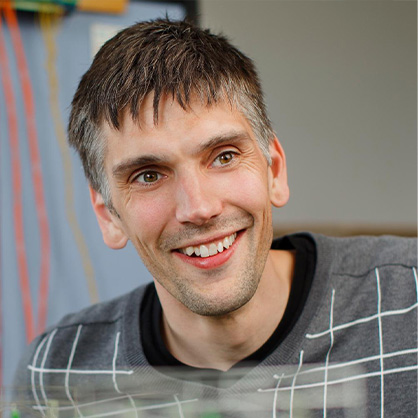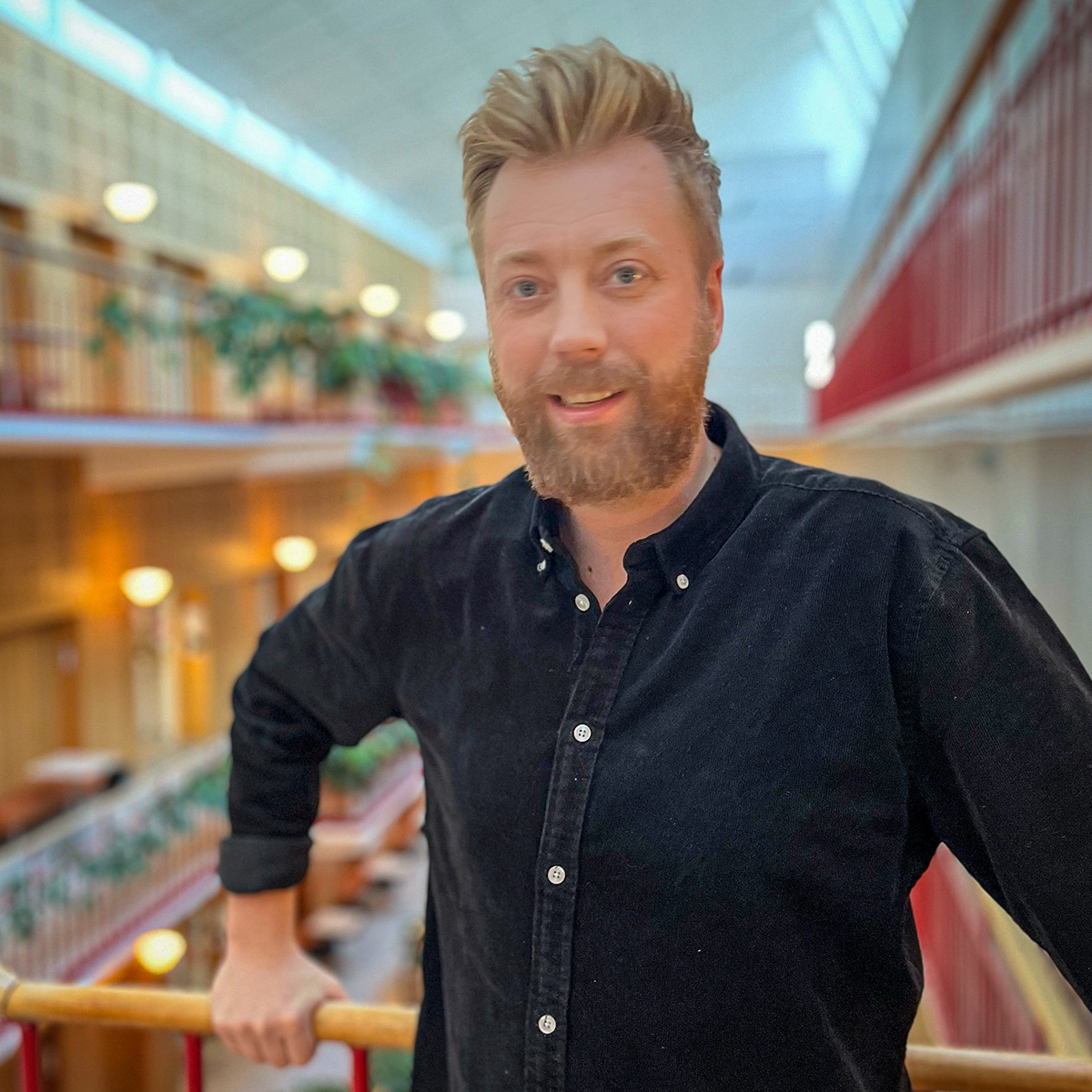They educate the work force
This is nothing new: the outside world places new demands on professionals. With its further education courses, KTH is part of the solution to the problem of skills shortages in society. Teachers from ITM, CBH and EECS talk about what motivates them to create these kinds of courses and share their best tips.

What motivates you to create courses for professionals?
”It feels responsible partly because it was a request from the school and partly because there is an extreme lack of competence in cyber security.”
”I think one should design further education courses partly differently than "regular" courses. Now we make minimal changes since the content comes from an existing course; the further education students only get to tag along with the other students. But our current incentive structure does not make this possible, as I understand it. You can not waive a student course because you have an LL course. So my course is currently living on my motivation but will surely pass…”
What advice would you like to send to those who have never put together an independent course?
”The tip is to do it and not worry about how it will work. And to reuse existing courses.”
What is the biggest challenge in putting together and running a course?
”It isn't easy to know how many will take the course in the end. I feel that of all those registered, 10-20% take the course and maybe 50% of those complete it. This significant dropout is not a big problem in itself any more than it is challenging to plan the size of the premises.”
Text: Charlotta Alnersson, EECS

What motivates you to create courses for professionals?
”I would like to contribute to a better work environment – this is a very good way to reach out with current research and knowledge. I myself get very much out of taking part in all of the participants’ different experiences and practical examples. In the course, the participants get to work with producing action plans for improved leadership within their own work organisations, which is very inspiring to me as a course leader.
Why did you initiate the course Leadership and sustainable works?
”Many work organisations experience that they need support in which concrete efforts they can make to create a more sustainable and health-promoting leadership. For many years, I have researched questions relating to this very thing. This course will become yet another way to support key people in work organisations in working with leadership issues in a research-based way.
What tip would you give someone who never has put together a standalone course?
”My course is a shorter version of an existing master’s course, which is a good tip. Also, think about scheduling the course so that it is possible to combine working life with studies. I have limited the number of mandatory elements and have tried to place lectures and seminars in late afternoons. In addition, the course is completely digital with a lot of lectures recorded.
Professionals want to apply the knowledge from the course directly in their work. This can be good to think of already when designing the content of the course. Perhaps the participants can apply learnings from the course in their own work already during the course – for example in the form of home assignments?”
Text: Åsa Karsberg

What motivates you to create courses for professionals?
”I like to have the opportunity to design a course from scratch and get to try new pedagogical methods. The course I give does not need to be adapted to other courses that students have taken, or other courses in a program. A freedom that is, of course, also a challenge.”
What tip would you give someone who never has put together a standalone course?
”To use a clear course structure and start by designing assignments and questions before creating lectures.”
What is the biggest challenge in putting together and run a course?
”When it comes to lifelong learning courses, our team usually talk about trying to create tasks and materials that connects with real needs. It is not always enough just to convey knowledge, students also need to be given a chance to use and test their knowledge. In practice, we try to integrate case assignments, discussion forums and quizzes where students get a chance to test their knowledge – which feels totally in line with lifelong learning.
.
Text: Anna Gullers, ITM

What motivates you to create courses for professionals?
”I like the challenge of finding new perspectives on my teaching. Professionals also have a lot of practical experience that are being used in the discussions during the course. They ask other questions and can also relate both theory and practice to real life situations in the workplace. Since the participants also have different experiences, the discussions are extra fun and challenging for me as a teacher. This also enriches my “ordinary” teaching. I use many examples from my standalone courses for programme students at KTH. They always appreciate these links with working life.”
Why have you initated these courses?
A degree does not mean that you stop learning things, quite the opposite. Most of us, and perhaps professional engineers in particular, need skills development and further training in relevant areas. Communication in speech and writing are important skills for all engineers. Many may not have been able to develop these skills during their studies, or may face different demands in their working lives than those that were made during their education. That is why it is important for us to provide courses that are also relevant for engineers.
What is the biggest challenge in putting together and run a course?
”These require a little different preparation than you might be used to. For example, participants may never have seen a learning platform like Canvas before, which requires more information for participants from your side. It can also be difficult at first to adapt the course to the target group because you do not know in advance who will apply. But that is also what is fun.”
”Practical things also require a little more, or different, planning. For example, the number of places in the courses must be decided in advance. Think through how many participants you want, as it is difficult to add more later, even if there is a big demand. It is also challenging to get a schedule that suits all participants. You have to try it out. Also, make sure that the course administration knows what kind of course it is, that can make it easier for both you and the participants.”
.
Text: Anna Gullers, ITM
